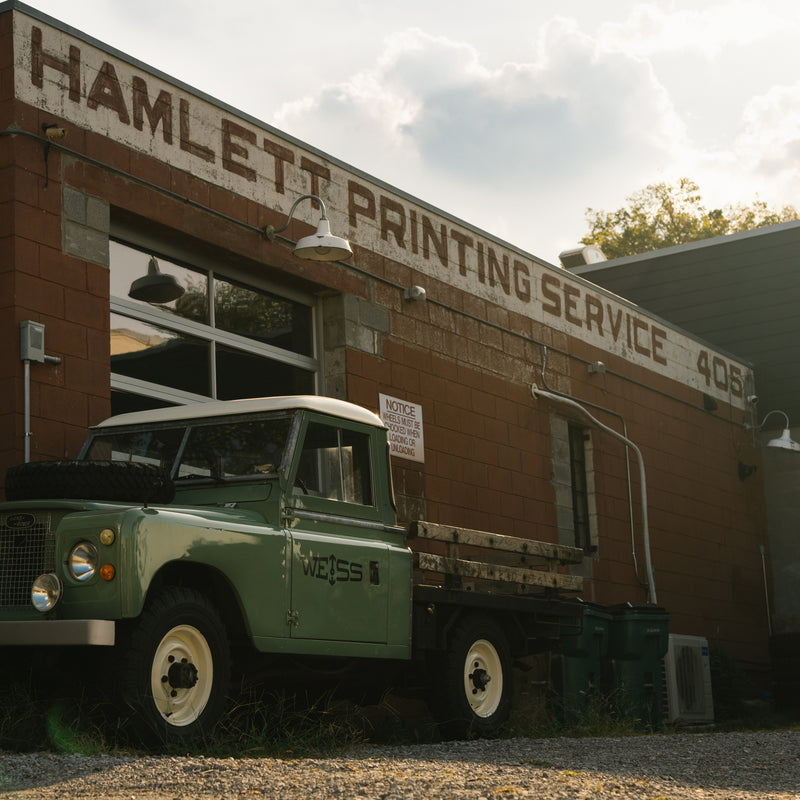At our latest Q&A session in the watchmaker's workshop, we answered some fascinating questions about the intricacies of watchmaking. One recurring topic was watch jewels—the small but essential components made from sapphire. These tiny jewels might seem mysterious, but we’re here to shed light on what they do and how they’re made. Why Don’t Watch Axles Wear Out Against Hard Jewels? This is a common question, and the answer is somewhat counterintuitive. Despite jewels being made of extremely hard sapphire, it’s actually the softer axles that tend to wear out if the watch isn’t properly maintained. Over time, dirty oils and external particles can act as a polishing compound, damaging both the jewel and the axle. Regular cleaning and oiling are essential to prevent this wear.
How Are Watch Jewels Made? Watch jewels are crafted from lab-grown sapphire, similar to lab-grown diamonds. The process involves grinding the sapphire into precise shapes, typically tiny cylinders with a hole in the center. This hole must be extremely accurate to hold the axle without being too tight or loose. The grinding and polishing are done using diamond-impregnated tools to achieve the necessary precision.
Toolmaking: A Key Skill for Watchmakers! One of the first steps in becoming a watchmaker is learning how to make and modify tools. From specialized screwdrivers to tweezers and fixtures, watchmakers often craft their own tools to handle tiny components. The challenge is recognizing when investing time in making a custom tool will save hours in the long run.
In-House Craftsmanship: What We Build In our workshop, we can make almost any part of a watch, from bridges and screws to main plates and crowns. However, certain components like springs and sapphires are sourced from specialized manufacturers. For example, the Caliber 1003 is a movement where most parts are made in-house, but for other watches, we rely on high-quality Swiss parts to maintain affordability without compromising on quality.
Balancing Tradition and Affordability: While we have the capability to produce every part in-house, doing so for every watch would drive costs up significantly. Our goal is to create attainable, high-quality mechanical watches, which is why we blend in-house craftsmanship with carefully selected Swiss parts. This ensures that more people can enjoy the beauty and precision of mechanical watches.
Thank you for joining us for this Q&A session! Be sure to subscribe to our YouTube channel and stay tuned for more episodes where you can ask your own questions and deepen your understanding of the art of watchmaking.
